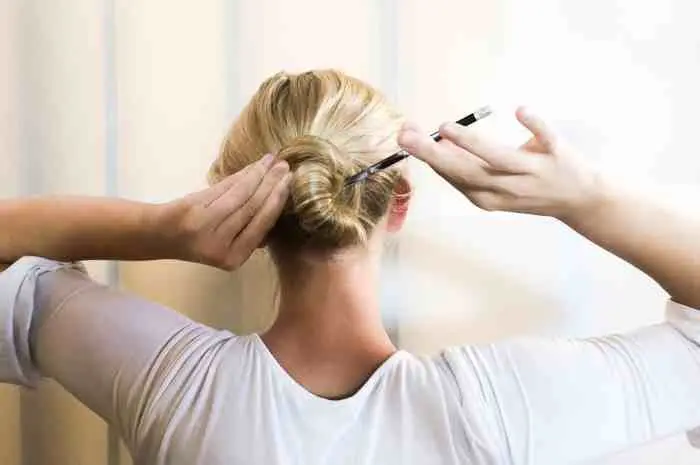Strategies to Reduce Hair Damage Due to Coloring
Coloring your hair can be a fun and exciting way to change up your look, but it’s important to take steps to minimize damage and maintain the health of your hair.
Hair coloring processes, whether done at home or in a salon, can lead to dryness, breakage, and brittleness if not done carefully.
In this comprehensive guide, we’ll explore effective strategies to reduce hair damage caused by coloring, allowing you to enjoy vibrant and healthy-looking locks.
1. Choose Quality Hair Color Products
Opt for high-quality hair color products that are formulated with nourishing ingredients and free from harsh chemicals like ammonia and parabens. Look for gentle, semi-permanent or demi-permanent hair color options that provide long-lasting results without causing excessive damage to your hair.
2. Deep Condition Regularly
Prioritize deep conditioning treatments to restore moisture and nourishment to your hair after coloring. Use a hydrating hair mask or deep conditioner once a week to replenish lost moisture, strengthen the hair shaft, and improve overall hair health.
Look for products containing ingredients like coconut oil, argan oil, shea butter, and keratin for optimal hydration and repair.
3. Limit Heat Styling
Excessive heat styling can exacerbate hair damage, especially after coloring. Minimize the use of heat styling tools such as blow dryers, flat irons, and curling irons, as they can strip moisture from the hair and cause further breakage. When heat styling is necessary, use a heat protectant spray or serum to shield your hair from damage.
4. Avoid Overlapping Color
Avoid overlapping color when touching up your roots or refreshing your hair color. Applying color to already colored hair can lead to over-processing and damage. Focus on applying color only to the regrowth area and avoid pulling the color through to the ends unless necessary.
5. Space Out Coloring Sessions
Give your hair time to recover between coloring sessions by spacing them out appropriately. Avoid coloring your hair too frequently, as this can lead to over-processing and weaken the hair structure. Aim to wait at least 6-8 weeks between colorings to allow your hair to regain strength and minimize damage.
6. Use a Color-Safe Shampoo and Conditioner
Invest in a color-safe shampoo and conditioner specifically formulated for color-treated hair. These products are designed to cleanse and condition your hair without stripping away color molecules or causing fading. Look for sulfate-free formulas that are gentle on the hair and scalp.
7. Protect Your Hair from the Sun
Exposure to the sun’s harmful UV rays can cause color fading and damage to color-treated hair. Protect your hair by wearing a hat or scarf when spending prolonged periods outdoors, and use UV-protective hair products such as leave-in conditioners or sprays with SPF to shield your hair from sun damage.
8. Schedule Regular Trims
Regular trims are essential for maintaining healthy hair, especially after coloring. Schedule a trim every 6-8 weeks to remove split ends and prevent further damage from traveling up the hair shaft. Keeping your hair ends healthy will help maintain overall hair health and appearance.
9. Opt for Professional Application
Consider having your hair colored by a professional hairstylist to ensure proper application and minimize the risk of damage.
Professional colorists have the expertise and experience to assess your hair type, choose the right color formulation, and apply color in a way that minimizes damage and maximizes results.
10. Embrace Hair-Healthy Practices
In addition to these strategies, prioritize overall hair health by adopting hair-friendly practices such as eating a balanced diet rich in vitamins and minerals, staying hydrated, avoiding excessive heat and chemical treatments, and using gentle hair care products suitable for your hair type.
Conclusion
Coloring your hair can be a fun and transformative experience, but it’s important to take steps to minimize damage and maintain the health of your hair.
By choosing quality hair color products, deep conditioning regularly, limiting heat styling, avoiding overlapping color, spacing out coloring sessions, using color-safe hair care products, protecting your hair from the sun, scheduling regular trims, opting for professional application, and embracing hair-healthy practices, you can reduce hair damage and enjoy vibrant and healthy-looking locks for years to come.
With these strategies in place, you can confidently color your hair while keeping it strong, shiny, and beautiful.
